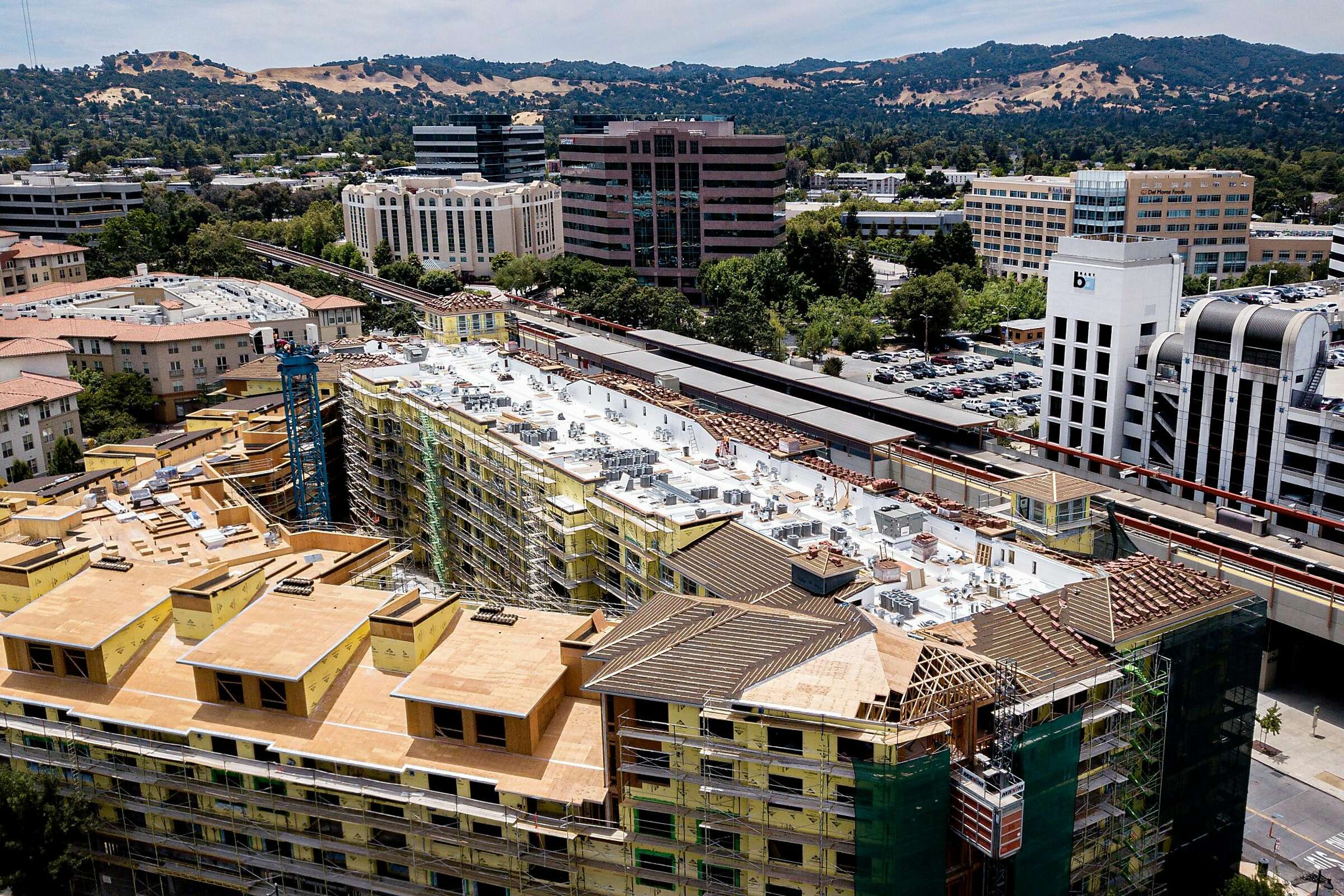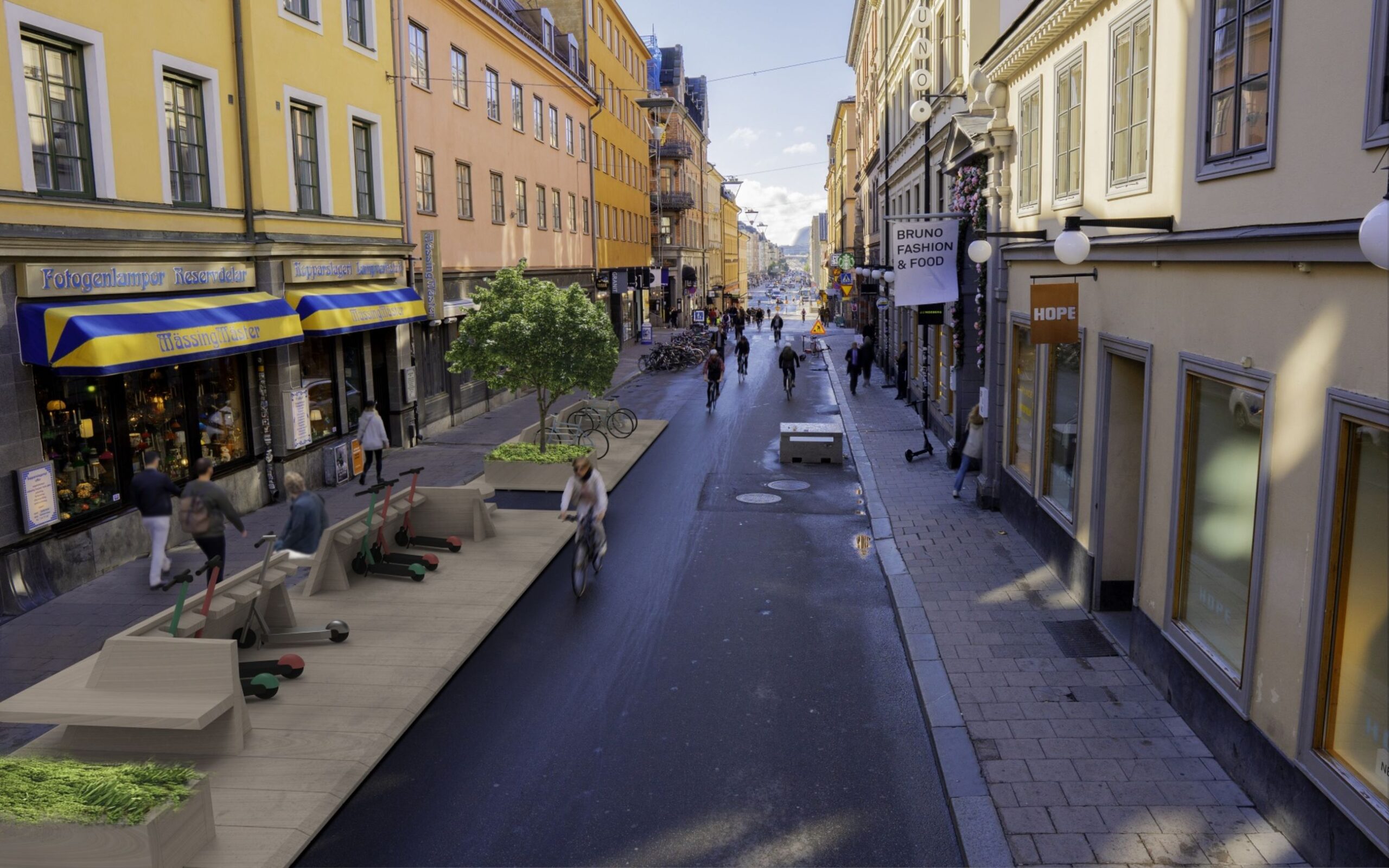Article — 5 Min Read
Public spaces revealed their new uses
Public spaces revealed their new uses
John King
Dec. 31, 2020 Updated: Jan. 4, 2021 11:41 a.m.
Residential towers opened last year in San Francisco and Oakland. Silicon Valley sprouted yet more tech compounds wrapped in glass that glistens with an icy sheen.
But the most profound change to the Bay Area’s urban landscape in 2020 had nothing to do with buildings, no matter how tall or expansive they might be. It involves something more fundamental — our realization of the importance of public space in all its forms, as well as heightened expectations of what such spaces should provide.
The restrictions on personal movement prompted by the coronavirus showed the value of any accessible land that offers a counterpoint to the confines of daily life, from neighborhood streets to regional parks. Yet the very nature of “public” space confronted another defining issue — the need for true equity throughout our culture, so that such spaces are both accessible and welcoming to all segments of society.
“There are a lot of opportunities, but also challenges, to come out of 2020,” said Annie Burke, executive director of Together Bay Area, a consortium of public agencies and nonprofits that until last year was known as the Bay Area Open Space Council. “With COVID, the awareness of public space has really gone up … when sports are shut down, when movie screens are dark and museums are closed, going to a park or taking a walk are among the few things you can do.”
The essential role of public space in a metropolitan region showed itself in ways that were easy to measure, such as usage.
In a July survey conducted by the East Bay Regional Parks District, more than 20% of the respondents said they visit one of the district’s 73 parks “weekly,” four times the amount recorded in 2019. The most recent monthly count of visitors in the Presidio of San Francisco took place in September: The number of pedestrians within the unusual national park was 9% above the levels of the prior September, even though national and international visitors to the scenic enclave were all but nonexistent.
But that primal urge to be among people — or at least have them within socially distant sight — manifested itself in less-obvious settings as well. Parking spaces became ad hoc dining rooms for beleaguered restaurants. On many roadways, pedestrians and bicyclists were given precedence over cars.
Public land also served other needs unique to 2020. As many as 1,800 bags of food were distributed on a weekly basis in three San Francisco parks, while 3,500 people received coronavirus tests in numerous locations including Japantown’s Peace Plaza. Part of Civic Center Plaza became an early voting center with 200 voting booths.
“We’ve used this as a time of experimentation,” said Phil Ginsburg, general manager of San Francisco’s Recreation and Park Department. “Parks are not luxuries or sweet amenities — they’re essential infrastructure.”
Full Article from: Bloomberg.com
This reality shaped lockdown orders last spring. While buildings where people could gather were shuttered, public health directives encouraged us “to engage in outdoor recreation activity,” such as walking, hiking and bicycling. Gyms and pools were closed. Sidewalks and trails remained open.
Oakland soon began closing selected multi-block segments of many streets to all non-neighborhood traffic so that strollers and bicyclists could move safely.
But even as what Oakland calls “slow streets” caught on nationally, there was resistance at home. While championing bicycles instead of cars might resonate in upscale neighborhoods like Rockridge, where residents working from home might want to stretch their legs at the end of the day, activists in largely Black neighborhoods bridled at what they saw as top-down assumptions of how people should live. Service workers in hospitals and supermarkets complained of time-consuming commute detours amid so many other demands.
“It was a knee-jerk response to the pandemic — decisions were being made almost evangelically,” by city officials who saw restrictions on cars as an absolute good, suggested June Grant. The Oakland architect has pushed for decentralized control of planning and other government initiatives. “There needs to be more attention to how local people use local places.”
Oakland hasn’t added to the 21-mile network of “slow streets” since July. It also began to emphasize “essential places,” a more focused set of closures aimed at intersections in commercial areas or near hospitals, where neighborhood residents said they felt endangered when running errands on foot.
“It’s too easy to listen to voices that reflect your own experiences,” admitted Ryan Russo, director of Oakland’s Department of Transportation. “We need to stay in conversation with the community.”
Full Article from: sfchronicle.com



